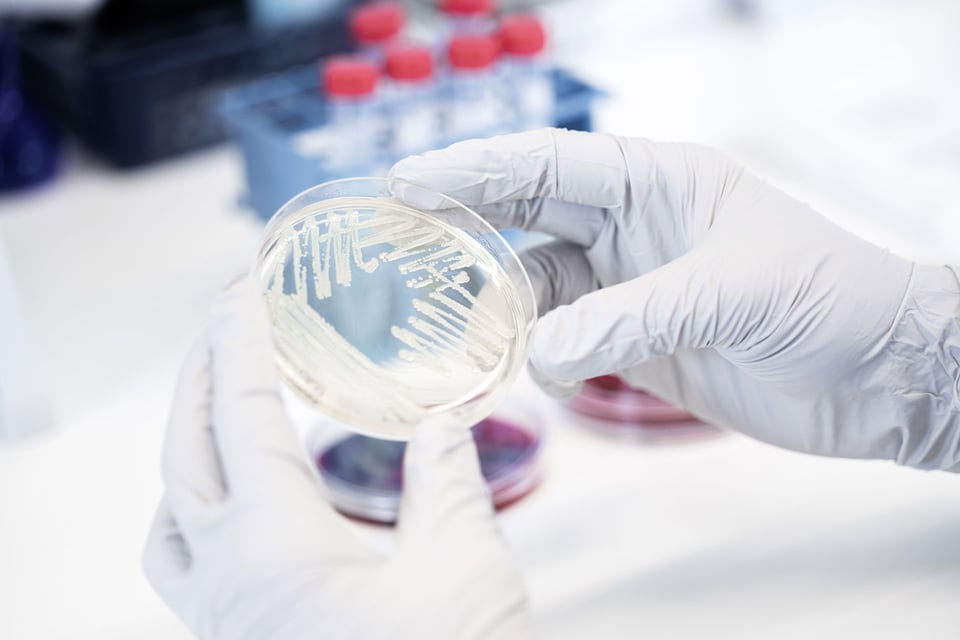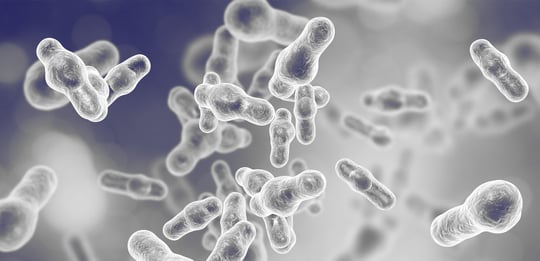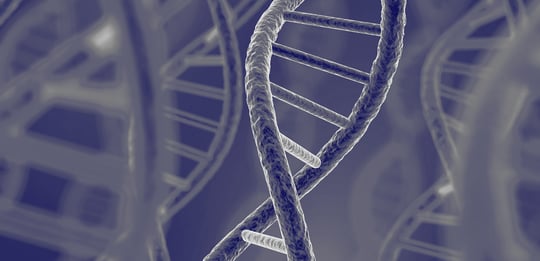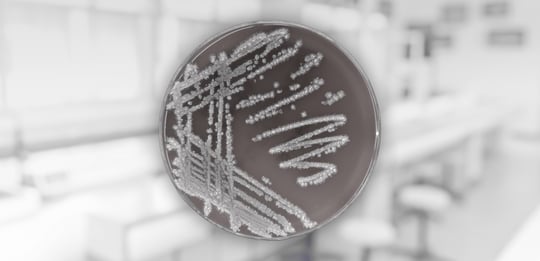
In a recent webinar, Biosafe’s scientific advisor Professor Emeritus Atte von Wright explored the evolving landscape of bacterial taxonomy, focusing on the reclassification of two biotechnologically important genera: Lactobacillus and Bacillus.
Why taxonomy matters more than you think
Bacterial taxonomy, the science of naming and classifying microorganisms, has undergone major change in recent years. These developments are not just of academic interest. They directly affect microbiology, biotechnology, and regulatory practice.
Consistent classification ensures that scientists, clinicians, and regulators are speaking the same language. Modern taxonomy reflects evolutionary relationships and gives a common basis for safety assessments and regulatory dossiers. As Professor von Wright highlighted, taxonomy is not just about renaming, it is about aligning nomenclature with biological reality.
From morphology to genomics: tools of modern taxonomy
Traditional taxonomy relies on morphology and biochemical traits. Today, molecular and genomic methods dominate. Techniques such as 16S rRNA sequencing, multi-locus sequence analysis, and whole-genome comparisons allow for precise classification based on genetic coherence. A bacterial species is now typically defined by:
- ≥95–96% Average Nucleotide Identity (ANI)
- ≥70% DNA-DNA Hybridization (DDH)
These criteria help identify monophyletic clades, groups of organisms sharing a common ancestor, which form the basis of modern genus-level taxonomy.
Lumpers vs. splitters: philosophies in taxonomy
Taxonomists often fall into two camps:
-
Lumpers prefer to minimize the number of taxonomic units, grouping new isolates into existing categories.
-
Splitters seek to refine classifications, often dividing existing taxa based on subtle differences.
With the power of genomic tools, the splitters currently have the upper hand. This has led to a wave of reclassifications across microbial genera.
Case study: the Lactobacillus reclassification
The genus Lactobacillus, long a staple in food microbiology and probiotics, was recently split into 23 new genera. This revision reflects differences in fermentation pathways, ecological niches, and genomic profiles.
-
Obligate homofermentative species (e.g., Lactobacillus delbrueckii) remain in the original genus.
-
Obligate heterofermentative species have been reassigned to genera such as Limosilactobacillus, Fructilactobacillus, and Levilactobacillus.
Examples:
|
Traditional Name |
New Name |
|
Lactobacillus fermentum |
Limosilactobacillus fermentum |
|
Lactobacillus brevis |
Levilactobacillus brevis |
|
Lactobacillus sanfrancisco |
Fructilactobacillus sanfranciscensis |
These changes reflect both genomic coherence and functional characteristics, improving scientific accuracy but complicating continuity in literature and applications..
Case study: the Bacillus reclassification
The genus Bacillus was found to be polyphyletic, meaning its members did not share a single ancestor. As a result, many species were reassigned to new genera within the family Bacillaceae.
-
The Bacillus subtilis clade retained the genus name due to its biotechnological importance.
-
The Bacillus cereus clade, which includes pathogens like B. anthracis, also retained the name for clarity in medical contexts.
Many other species were reassigned. Examples:
|
Traditional Name |
New Name |
|
Bacillus coagulans |
Reclassified as Weizmannia coagulans (2020), later Heyndrickxia coagulans (2023) |
|
Bacillus megaterium |
Priestia megaterium |
|
Bacillus polymyxa |
Paenibacillus polymyxa |
Practical implications for industry and regulation
Taxonomic changes can create confusion in multiple areas
-
Scientific literature: Both old and new names appear, requiring careful cross-referencing.
-
Antimicrobial resistance: New genera may lack sufficient reference data to satisfy EFSA or FDA expectations.
-
Safety assessments: Closely related species can have very different safety profiles, complicating risk evaluation.
-
Regulatory alignment: Current policies may need revision to reflect modern taxonomy and support innovation.
For companies preparing novel food or feed dossiers, these changes underline the importance of accurate strain identification and clear communication.
Looking ahead
Professor von Wright concluded by pointing to future discussions on mobile genetic elements and their role in antimicrobial resistance and safety assessment. As taxonomy continues to evolve, so too must the frameworks that govern microbial applications in food, feed, and health.
Taxonomy is not static. It is a dynamic field that influences how how we understand and regulate the microbial world. For innovators, keeping pace with these changes is not optional. At Biosafe, we track developments closely and help clients manage the scientific and regulatory consequences of a shifting taxonomic landscape.
Contact our experts!
|
|
|














